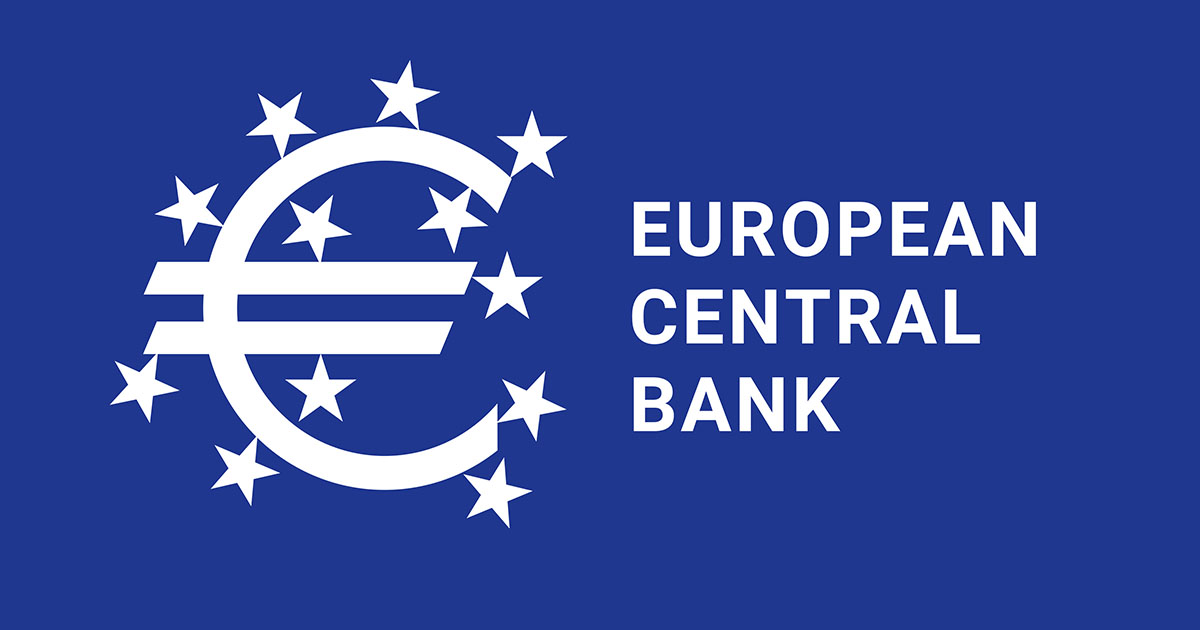
The European Central Bank (ECB) expressed increased confidence in the inflation path ahead at its April meeting, as supply shocks continue to reverse and risks to the inflation outlook balance out. Recent wage data indeed do not suggest significant upside risks to the ECB’s latest macroeconomic projections.
If incoming data, notably in relation to wages and corporate profits, broadly confirm the scenario foreseen in its March projections, we believe the ECB will start dialing back its restrictive monetary policy stance. Given the ECB’s reaction function (which is based on the inflation outlook, underlying inflation dynamics, and policy transmission) we expect it to commence the cutting cycle at one of its staff projection meetings – and a June rate cut seems increasingly likely.
These developments follow the March meeting, when the ECB Governing Council began discussing dialing back its restrictive stance, but was not yet sufficiently confident and expressed a desire to move further along the disinflationary path.
Once the ECB starts to cut rates, we expect it will proceed cautiously in conventional 25-basis-point steps. During the cutting cycle, decisions will likely remain data dependent and meeting-by-meeting, with the ECB unlikely to pre-commit to a particular rate path. The market is currently pricing an 80% probability for a cut in June, about 75 basis points of rate cuts for this year, and a terminal rate of around 2.5% at the end of 2025.
This pricing seems reasonable, and is in line with our expectations for three cuts this year. As a result, current valuations leave us broadly neutral on European duration overall. We continue to expect the back end of interest rate curves to underperform relative to shorter maturities, mainly based on a rebuilding of term premia over time (see our recent PIMCO Perspectives on this topic).
Services inflation is still resisting
Underlying inflation is generally easing. Nearly all the measures the ECB tracks are declining, and the range of readings between the different measures has narrowed substantially. While domestic price pressures remain strong, services inflation continues to be stubborn – it is unchanged over the past five months at 4%. According to President Christine Lagarde, one important ECB indicator of domestic inflation, which measures items with low import content, still stands at 4.5%.
These domestic pressures largely reflect robust wage growth as wages continue to catch up with past inflation. The tight labour market has been resilient to the weak economy, with the unemployment rate still at a record low.
Employment grew by two million cumulatively during 2023, even as the economy stagnated, while firms continued to hoard labour. This lowered productivity and pushed up unit labour costs. Whether these price pressures simply reflected the lag in wages, services prices and the procyclical nature of productivity, or they signal more persistent inflationary pressures, remains open to debate.
What the ECB is watching
The ECB wants confirmation that wages are indeed growing in a way that is compatible with inflation reaching its 2% target sustainably in 2025. Growth in compensation per employee edged down to 4.6% in the fourth quarter of last year, slightly below the ECB March projection. Negotiated wage growth (which accounts for the lion’s share of growth in compensation per employee) also decreased in the fourth quarter. Similarly, the ECB’s forward-looking wage tracker is showing early signs that pressure is easing.
In addition, there will be a new set of macroeconomic projections at the ECB’s June meeting that will shed light on whether the March inflation outlook remains valid, and we will also see whether the projections continue to project a durable return to target by mid-2025. Moreover, these projections will provide additional insights into the strength of the recovery and the likely direction of the labour market, and therefore the consequences for wages, profits and productivity.
Company profits accounted for more than 50% of the GDP deflator (a measure of general inflation in the domestic economy) in the last quarter of 2022 and, while this figure fell to just 20% a year later, firms might regain pricing power as the economy recovers. Similarly, the ECB expects that a pickup in demand, if accommodated by better use of hoarded labour, will lead to rising productivity growth, but productivity losses for European firms could turn out to be more structural.
Back to the staff projections
In the two decades leading up to the pandemic, the ECB focused mainly on its staff macroeconomic projections. But in recent years it has built its reaction function around three criteria: the inflation outlook, the dynamics of underlying inflation, and the strength of monetary transmission. Now, with the bulk of the inflation adjustment behind it, and the macroeconomic projections becoming more accurate again, the ECB seems to be gradually regaining confidence in its models.
According to the ECB, 2023 saw a reduction of about 70% in the average absolute error in the staff projections relative to 2022, one quarter ahead. While the current policy framework will probably remain relevant for some time to come, the relative weights assigned to the three factors above will likely be regularly examined and adjusted. During this process, we expect forward-looking information to gradually regain prominence in the reaction function.
The March staff projections already pointed to convergence of headline and core inflation to target. But with the ECB placing renewed emphasis on its staff projections, it will likely shift its focus away from the dynamics of underlying inflation and the strength of policy transmission. This suggests a potentially lower hurdle for the ECB to dial back its restrictive stance and transition towards a more neutral policy setting.

